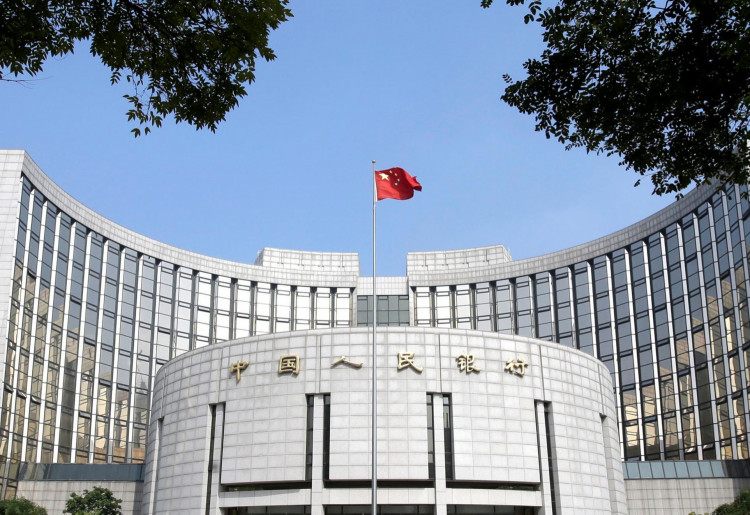The People's Bank of China on Monday, reduced the benchmark lending rate to lower borrowing costs for companies. The policy was created to help the economy refrain from significant losses of industry players. Ten basis points then lowered the one year loan prime rate (LPR).
China's central bank lowered the benchmark lending rate by 20 basis points (bps) to 3.85 percent from 4.05 percent this Monday. The five-year LPR, on the other hand, was cut by ten bps to 4.65 percent from 4.75 percent.
The adjustment was the second time that China's central bank decreased its lending benchmark rate for 2020 and the latest reduction of the lending rates. Most of the country's outstanding loans were acquired based on LPR, while the five-year rate affects the pricing of mortgages in China.
In a Reuters survey, 52 participants claimed that the reduction was an expected move of China's central bank at its monthly fixing. Most analysts forecasted a 20 bps reduction in the one-year rate, but the five-year rate was Beijing's way of regulating its property prices.
According to markets economist at ANZ in Shanghai Xing Zhaopeng, the asymmetric cut showed that Chinese authorities would uphold the right housing policy and would not deem the move as a tool to stimulate domestic demand amid the pandemic.
China's economy dipped by 6.8 percent during the first quarter in 2019, and the pandemic's containment measures imposed in the country led to the shutdown of numerous factories and shops, resulting in higher unemployment rates. Last Friday, recent data showed that this was the first contraction of China since 1992 and that the country is restarting its economic engines, including the cutting of its lending benchmark rates.
Analysts also suggested that business activity may take months to return to pre-crisis levels, and the global economy might experience a recession that may add more pressure to the Chinese economy. According to China economist at BNP Paribas in Beijing Jacqueline Rong, the marginal cuts to the five-year LPR may indicate a 'counter-cyclical relaxation' of China's housing sector.
She added that the industry had been one of China's most significant economic drivers contributing more to the country than exports in increasing its economic growth. She suggested that since the Chinese economy is experiencing downward pressure, there might be some reasonable counter-cyclical relaxation in the housing sector to grasp the effects of the failing economy better.
The cut on the lending benchmark rate was also expected after China's central bank lowered the interest rate of the medium-term lending facility (MLF) last week, reported CGTN. The said gauge was said to have been the first indicator that there would be LPR adjustments this week. At present, the interest rate on one-year MLF is at 2.95 percent.






